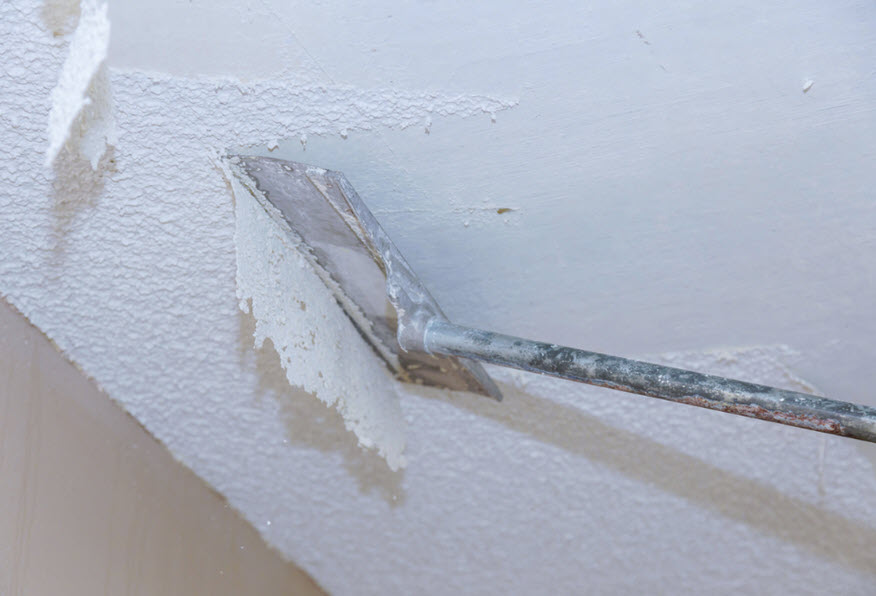Homes built before the 1980s may contain a substance that has been called the “silent killer.” Asbestos, a natural mineral that contains tiny fibers, may be included in some of the materials used to build your home more than 30 years ago.
Unfortunately, many homeowners are now starting do-it-yourself projects that could involve knocking down walls, tearing out floor tiles, or upgrading plumbing without realizing they may be endangering themselves and their families.
Why Was Asbestos Used?
Asbestos became very popular during the Industrial Era, when its fire-retardant properties were discovered. The automobile, construction, manufacturing, chemical and power industries used asbestos extensively in the 1940s, 1950s, and 1960s, until the dangers of the substance began to become clear.
Although industrial use of asbestos declined, the product was still used up until the 1980s in home construction, as it helped protect homes from fire.
Where Is Asbestos Found in Homes?
There are many areas in older homes where asbestos may be found. These include:
- Ceiling and floor tiles
- Cement foundations
- Popcorn ceilings
- Roof shingles
- Spray-on insulation
- Steam pipes
- Textured paint
Exposure in the Attic
If you own an older home, you may be considering renovating the attic into a bedroom or game room or organizing it for better storage. If you discover brown pebble-like insulation, do not try to remove it on your own.
This type of insulation contains asbestos and, if you disturb it, you will spread asbestos fibers in the air which could spread throughout the home. Instead, contact an insulation company to come inspect the attic and remove any asbestos products safely.

Exposure in the Garage
It may not just be your house that will expose you to asbestos. If you have an older model car that you like to work on, you need to be careful what you do with some of the car parts. Brakes, for example, may contain asbestos.
If you decide to replace your brakes and see a thin coat of dust on the brake drums, do not try blowing the dust with compressed air. This could spread asbestos fibers in the air which can be dangerous. Instead, wipe the drums gently with a wet cloth and dispose of the cloth properly.
Pipe Repair or Replacement
Plumbing problems are not uncommon in older homes but you want to be sure that if there is insulation on the pipes that it does not contain asbestos. Many older homes have plumbing that is wrapped in insulation that is filled with asbestos. Cutting or tearing the insulation can release the dangerous fibers.
Vinyl Floor Tiles
It is common for older homes to have vinyl floor tiles as they were very popular in the 1950s and 1960s. Unfortunately, these tiles often contain asbestos. Removing the floor tiles can cause asbestos dust to fill the room. Experts recommend simply installing new tile over the old tile if you suspect the old tiles contain asbestos.
Dangers of Asbestos
Asbestos can cause illness even if you are exposed to it for a short time, although most illnesses occur after long-term exposure. The fibers of asbestos imbed themselves in the lungs and even the stomach lining. Over time, the fibers damage the surrounding cells and may lead to the development of a deadly cancer known as mesothelioma. The average time from exposure to asbestos to the diagnosis of mesothelioma is between 15 and 60 years.
If you have an older home and have been diagnosed with mesothelioma, you may have a personal injury claim. After being diagnosed with mesothelioma speaking to a lawyer is also crucial. An attorney can tell you more about your rights and guide you through the settlement process.

